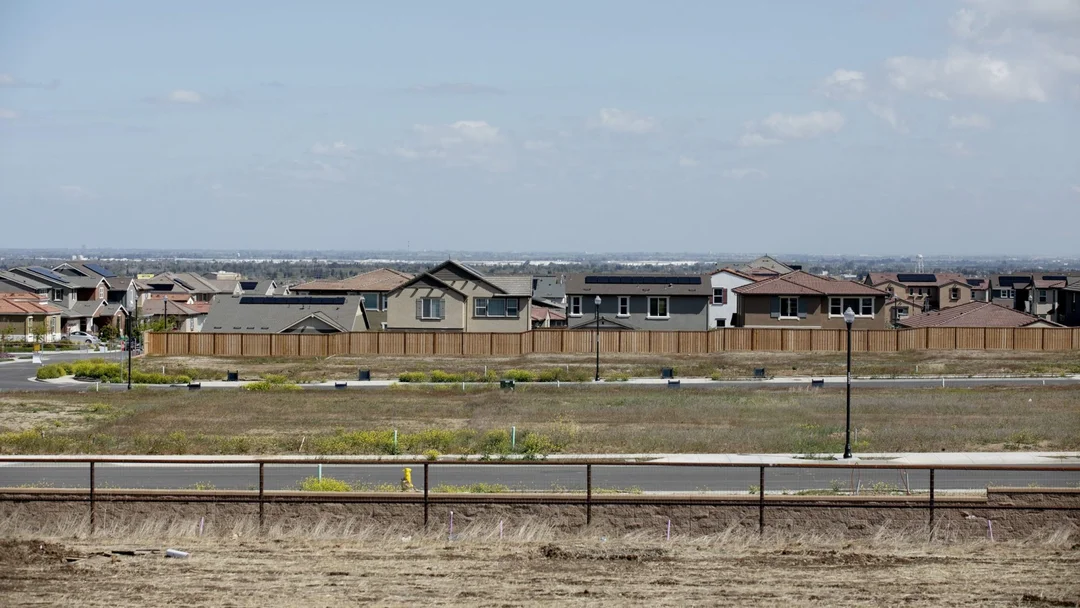
Understanding California’s High Housing Costs
California's housing market continues to grapple with escalating costs, making it one of the most expensive places to live in the United States. A recent analysis by CalMatters sheds light on the multifaceted reasons behind this phenomenon. The state's allure, driven by its robust economy, pleasant climate, and cultural attractions, attracts millions of people annually, intensifying the demand for housing.
The surge in demand, however, is met with a constrained supply. Strict zoning laws, environmental regulations, and community resistance to new developments have significantly hampered the construction of new homes. These factors create a bottleneck, driving up prices as the available housing stock fails to keep pace with population growth.
Additionally, the cost of land in California is extraordinarily high, particularly in urban centers like San Francisco and Los Angeles. Developers often pass these costs onto buyers and renters, further inflating the price of housing. The report also highlights the impact of Proposition 13, a 1978 law that limits property tax increases, which discourages homeowners from selling their properties, thereby reducing the turnover of housing units.
The ripple effects of high housing costs extend beyond the financial strain on residents. It contributes to issues such as homelessness, long commutes, and economic inequality. Policymakers are now faced with the challenge of implementing reforms to increase housing supply while addressing the concerns of local communities. Proposed solutions include streamlining the approval process for new developments, incentivizing affordable housing projects, and revising zoning laws to allow for denser housing options.
As California continues to navigate its housing crisis, understanding the underlying causes is crucial for crafting effective solutions that can provide relief to millions of residents struggling with the high cost of living.